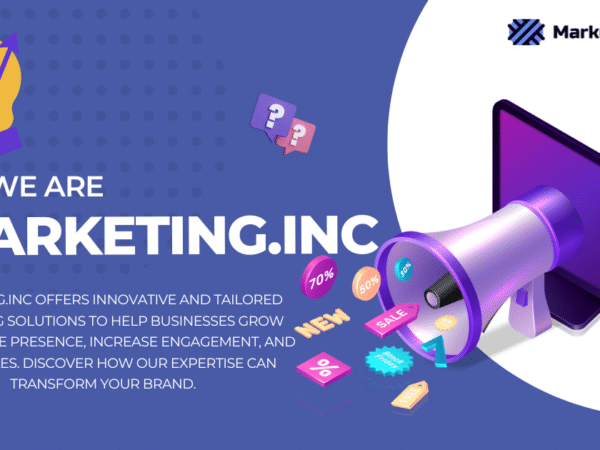Are you struggling to create a budget for Minimum Viable Product (MVP) development? Does it seem impossible to get your MVP off the ground without breaking the bank? Getting your project funded and completed on time is always a significant challenge, but it doesn’t have to be expensive. With some careful planning and resource allocation, you can turn your MVP from an unimaginable feat into a successful reality!
Launching a Minimum Viable Product (MVP) is essential in developing any new product or service. MVPs allow businesses to test their ideas, gather user feedback, and iterate on their offerings before investing heavily in a full-scale launch. However, one of the most prominent challenges entrepreneurs and startups face is determining an appropriate budget for their MVP. Limited resources and financial constraints can make it challenging to strike the right balance between functionality and cost-effectiveness. In this article, let’s explore various strategies and tips to help you navigate the challenges of MVP budgeting and ensure the success of your project.
Table of contents
- Understand your market and how it will affect your budget
- Prioritize features to focus on first
- Research tools and techniques available for building a MVP
- Consider outsourcing development to reduce costs
- Embrace a Minimalistic Design
- Develop an exact timeline of when products need to be delivered or tasks completed
- Utilize open-source libraries, frameworks, and software to improve efficiency while saving money
- Conclusion
1. Understand your market and how it will affect your budget.
Understanding your market is essential for any business that wishes to succeed. Without a grasp of who your customers are and what they want, any budget you create will be challenging to execute effectively. Knowing your market allows you to make informed decisions about your budget, such as where to allocate your resources and which marketing channels will be the most effective. Understanding your market also helps you anticipate changes in consumer trends and adapt your budget accordingly. By taking the time to research and comprehend your target audience, you set your business up for success and ensure that your budget works for you rather than against you.
2. Prioritize features to focus on first.
When it comes to developing a new product or improving an existing one, deciding which features to focus on first can be a daunting task. Prioritization is critical in ensuring that resources are used effectively and that the product delivers value to its users. A helpful approach is to consider which features are essential to the user experience and which ones will have the most impact on the product’s success. It’s important to involve stakeholders and gather feedback to help inform the decision-making process. By prioritizing features, you can ensure that you’re delivering the most critical functionalities first and creating a solid foundation for future development.
3. Research tools and techniques available for building a Minimum Viable Product (MVP)
As an entrepreneur, you want to get your product to market as quickly as possible to test the waters. But building a Minimum Viable Product (MVP) can be a daunting task. Luckily, there are research tools and techniques available to help you create an MVP that meets the needs of your target audience. From user research to rapid prototyping, these tools allow you to quickly iterate your product and make necessary changes before launching it to the public. With the proper research tools and techniques, you can confidently launch an MVP that will gather valuable feedback and help you build a successful product.
4. Consider outsourcing development to reduce costs.
In today’s competitive business landscape, every penny counts. As a result, company leaders are often on the lookout for innovative ways to streamline their operations and cut costs. One strategy that is gaining popularity among business owners and managers is outsourcing development. By outsourcing development, companies can reduce their labor costs while still obtaining high-quality products or services. Whether your business needs a new website, an app, or custom software, outsourcing can help you save money on development costs. So, if you’re looking to improve your bottom line and stay ahead of the competition, outsourcing development is definitely an option worth considering.
5. Embrace a Minimalistic Design
Creating an intricate design can be costly and time-consuming. That’s why more and more businesses are embracing a minimalistic design approach. By focusing on simplicity and usability, you can both reduce development time and still provide a visually pleasing user experience. A minimalistic design is all about prioritizing the essential design elements, and by doing so, you can create a more functional and intuitive user interface that will keep your users engaged. So, don’t be afraid to embrace a more streamlined and straightforward design. Sometimes less is more, and in this case, it can save you both time and money while still providing a satisfying user experience.
6. Develop an exact timeline of when products need to be delivered or tasks completed.
In the fast-paced world of business, timing is everything. That’s why it’s crucial to develop an exact timeline of when products need to be delivered or tasks completed. Whether you’re managing a team of employees or working independently, having a clear understanding of deadlines and delivery dates can make all the difference in achieving success. By mapping out a timeline, you can prioritize tasks, allocate resources and ensure that every step of the process is moving in the right direction. With so much at stake, it pays to be organized and proactive. So, take a deep breath, break out the calendar, and get ready to develop a detailed timeline that will keep you on track and ahead of the game.
7. Utilize open-source libraries, frameworks, and software to improve efficiency while saving money.
In today’s fast-paced technological landscape, every business is looking for ways to improve efficiency while keeping costs low. One solution that has proven to be highly effective is utilizing open-source libraries, frameworks, and software. These tools can offer a multitude of benefits, such as reducing development time, boosting performance, and increasing software reliability. And the best part? They are often available at little to no cost, making it a win-win situation for businesses looking to maximize their ROI. With the abundance of resources available online, it is easier than ever to integrate open-source components into your software development process and improve your bottom line.
Conclusion
With these tips, it becomes obvious that developing an MVP on a budget is possible. While building a product prototype and bringing it to market may seem daunting, following the techniques and strategies outlined in this blog can help make the process much easier. It’s also important to continue researching new tools or approaches which could provide an extra edge when building an MVP on a constrained budget. Don’t forget to plan ahead and come up with a timeline for your MVP project so that you have realistic standards of success and account for unforeseen elements that may add more time to completion. Ultimately, with proper planning and the use of available tools, being frugal in regards to developing an MVP doesn’t mean sacrificing quality and can ultimately prove cost-effective in the end. With our specialized focus on MVP development, we can guide you through the steps to create a product that will be successful in the market. And if you’re looking for further advice and expertise, book a session with one of our mentors to discuss your project in detail. Let us help you boost your chances for success and turn your dreams into a reality.








